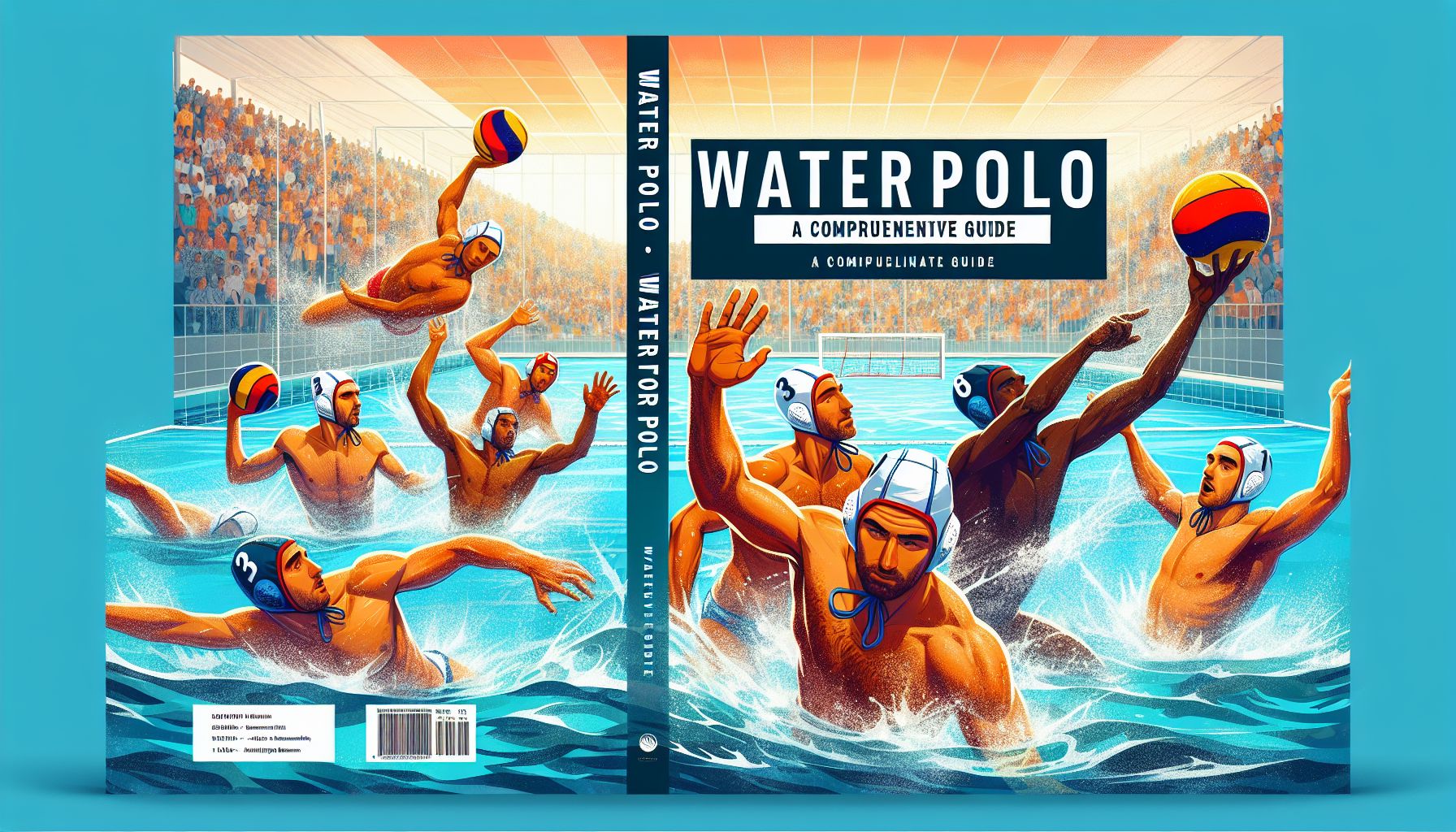Water polo is a rigorous and exciting sport that combines elements of swimming, basketball, and soccer, culminating in a thrilling blend of physicality, strategy, and discipline. As a game that tests both physical and mental capacity, water polo attracts enthusiasts worldwide, whose passion for the sport is matched only by their dedication to mastering its complexities.
The Roots of Water Polo
The history of water polo dates back to the late 19th century. Originating in Scotland, it initially resembled rugby, with players permitted to wrestle their opponents underwater. However, over time, the game evolved to align more with soccer and basketball rules, which contributed to less aggression and more strategicness. England held the first recorded water polo match in 1870, and the sport was later introduced to the Olympic Games in 1900, making it one of the oldest team sports in the Olympic program.
Understanding the Rules of the Game
Water polo involves two teams, each comprising seven players, including a goalkeeper. The objective is to score goals by throwing the ball into the opponents’ net. The team that scores the most goals by the end of the match is declared the winner. The game is physically intense, as players aren’t permitted to touch the bottom of the pool, and they navigate the pitch using swimming techniques, predominantly the front crawl (also known as freestyle) and the “egg-beater kick,” which allows them to maintain a vertical position with their torso and head above water.
A standard match consists of four periods of eight minutes each. However, the clock is stopped every time the ball is not ‘in play’, resulting in actual match duration extending up to an hour or more. The game begins with a “swim-off” where the ball is dropped into the center of the pitch and the first team to reach it gains possession.
Numerous fouls can occur within a match, such as pushing, dunking, or holding an opponent. The severity of the foul determines the penalty, ranging from free throws to player dismissals.
The Roles Within a Team
The roles within a water polo team mimic those in soccer. There’s a goalkeeper tasked with preventing the opposing team from scoring. Defenders work to guard their goal, while attackers aim to score goals, and centers play both offense and defense, acting as a pivot for ball distribution.
Training for Water Polo
Training for water polo is demanding, requiring not just swimming prowess but also strength, endurance, agility, and mental toughness. Athletes usually engage in rigorous swim training to improve their speed, stamina, and technique in water. Building strength is essential too, for throwing the ball and fending off opponents during matches. Drills are an important part of the training routine, helping players hone their passing, shooting, and defensive skills.
Water Polo Tactics and Strategies
Water polo isn’t just a game of strength and agility; a significant proportion of it is about strategizing and working as a unit. It involves coordinating attacks, setting up defenses, deciding when and where to pass the ball, and exploiting gaps in the opposition’s defense.
Typically, teams adopt a man-to-man defense system, where each player is assigned a specific opponent to guard. However, in certain situations, they might switch to a zone defense. On the offense, teams use a variety of formations, with the 4-2 and 3-3 being the most common, referring to the positioning of field players around the opposition’s goal.
The International Water Polo Scene
Internationally, water polo is regulated by the Fédération Internationale de Natation (FINA). The sport is popular in many countries, but Hungary, Serbia, Italy, Spain, and Croatia have historically dominated the global water polo scene, garnering multiple World Championship and Olympic medals.
The pinnacle of the sport is arguably the Olympic games and the FINA World Championships. However, numerous international, regional, and national tournaments provide athletes with platforms to showcase their skills, such as the European Championships, the Pan American Games, and the Asian Games.
The Joy of Water Polo
Despite its rigorous nature, water polo offers immense joy to those involved. It fosters teamwork, encourages strategic thinking, and enhances physical fitness. The game’s combination of swimming, teamwork, and competition makes it uniquely appealing to a diverse array of athletes, reflecting the spirit of sportsmanship and hard work at its core.
In conclusion, water polo is more than just a sport; it’s a discipline that embodies teamwork, strategy, and determination. Whether you’re an athlete, an aspiring player, or a fan, immersing yourself in the world of water polo opens up a realm of exhilarating challenges, intense competition, and unyielding wonders. Happy playing!
